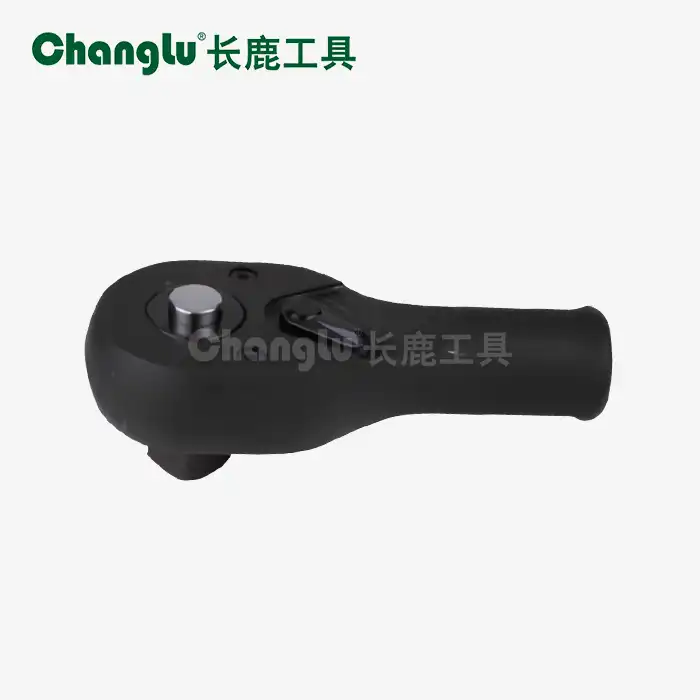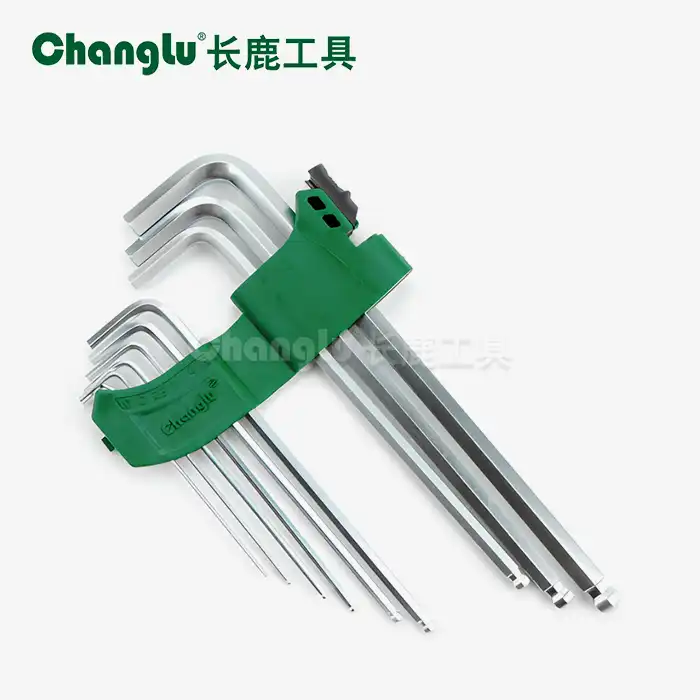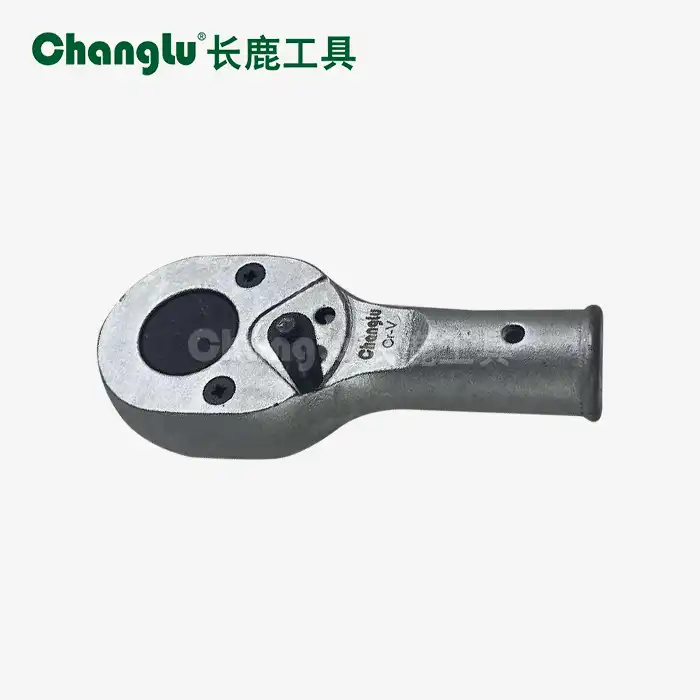Choosing the most suitable pointer torque wrench for precision mechanics involves evaluating factors like calibration accuracy, ergonomic design, and measurement reliability. This tool ensures the correct force is applied when tightening fasteners, preventing damage and maintaining the integrity of mechanical assemblies. A pointer torque wrench stands out by providing an easy-to-read dial indicator that helps operators achieve precise torque control during assembly or maintenance tasks.
Understanding the Pointer Torque Wrench: What Sets It Apart
A pointer torque wrench offers a mechanical indication of torque via a dial and pointer mechanism. Its adjustable scale serves real-time, clear measurement, which enhances precision. Unlike digital tools, this wrench provides tactile feedback and a reliable grip, minimizing errors in fastener tightening. The ratchet lever design ensures smooth rotation, making it ideal for various engineering and mechanical applications that demand consistent accuracy and repeatability.
Core Uses of Pointer Torque Wrenches in Precision Mechanics
These tools have versatile uses, specifically tailored to meet the demanding needs of maintenance, assembly, and engineering tasks:
- Automotive Engine Assembly: Precisely applying torque when tightening bolts to manufacturers’ specifications prevents engine damage and ensures optimal performance.
- Aerospace Component Maintenance: Utilizing a pointer torque wrench helps meet the strict calibration and accuracy requirements critical in maintaining aircraft safety and reliability.
- Industrial Machine Repair: Applying the correct rotational force to fasteners prevents undue wear and avoids costly downtime from mechanical failure.
- Petrochemical Equipment Tightening: Ensures safe sealing of pipes and valves by controlling force application, crucial for leak prevention and operational safety.
- Electrical Power Station Maintenance: Tightening electrical connections with controlled torque prevents overheating and enhances system reliability.
- Household Tool Calibration: Home workshops benefit from the ergonomic grip and straightforward scale reading for consistent maintenance accuracy.
- Precision Mechanical Engineering: Enables smooth adjustments and fine-tuning of mechanisms requiring exact force measurement to maintain design specifications.
How Pointer Torque Wrenches Solve Common Problems?
Many industries struggle with unstable quality supplies, unsuitable prices, and unpredictable delivery times. Using a quality pointer torque wrench alleviates risks associated with improper fastener tension. This tool’s calibration ensures measurements remain consistent over time, reducing mechanical failures. Its durable mechanical parts and ergonomic design enhance user experience, allowing for more efficient tightening operations without effort or guesswork. Therefore, production lines and repair shops see fewer errors, lower maintenance costs, and improved throughput.

Key Benefits of Using a Pointer Torque Wrench
Employing this specific tool offers several advantages impacting workflow and product lifespan:
- Enhanced Accuracy: The dial indicator presents clear torque values, reducing over or under-tightening.
- Reliable Calibration: Ability to maintain precise force measurement after repeated use due to solid build quality and calibration mechanisms.
- Ergonomic Handling: Comfortable grip and balanced weight distribution minimize operator fatigue, boosting productivity.
- Wide Application Range: Suitable for tasks requiring precise control, from delicate mechanical assemblies to heavy-duty industrial fasteners.
- Maintenance Ease: Simple mechanical design minimizes breakdowns and facilitates straightforward upkeep.
Application Scenarios: Real-World Examples
Imagine a machine repair technician needing to tighten fasteners in a petrochemical plant. The dial torque wrench’s scale enables fast verification of torque limits, eliminating guesswork and enhancing safety. In automotive manufacturing lines, assembly workers rely on these wrenches to apply exact torque, ensuring engine integrity and reducing warranty claims. Similarly, power station maintenance crews use dial torque wrenches during inspections to maintain consistent electrical connections, necessary for preventing outages.
Calibration and Maintenance Tips to Prolong Torque Wrench Life
Regular calibration checks are crucial to retain measurement accuracy. Lever mechanisms should undergo inspection for wear, and the dial indicator must remain clear and unobstructed for precise readings. If the wrench experiences mechanical shock or drops, recalibration is recommended before use. Proper storage—avoiding humidity and dust exposure—also extends service life. These proactive steps guarantee that the tool retains its trusted measurement capability over the years of use.
Conclusion
Selecting a pointer torque wrench that aligns with precision mechanical needs improves assembly quality and operational safety. This tool combines ease of measurement with reliability, suited for industries where torque control is vital. Understanding its varied applications and maintenance ensures long-lasting accuracy, offering peace of mind and performance consistency. Partnering with a reputable manufacturer provides enhanced durability and trustworthy delivery schedules. Such strategic choices reduce downtime and maintenance costs, helping businesses meet quality standards and customer expectations effectively.
FAQ
1. How often should a pointer torque wrench be calibrated?
Calibration is recommended annually or after 5000 cycles, but frequency depends on usage intensity and manufacturer guidance.
2. Can pointer torque wrenches be used for all fastener types?
They are suitable for most standard fasteners but ensure the wrench drive size matches the fastener head for proper engagement.
3. What is the advantage of a dial indicator over digital displays?
Dial indicators provide immediate mechanical feedback and good visibility in environments unsuitable for digital electronics.
4. Are pointer torque wrenches suitable for high-precision engineering work?
Yes, their accuracy and clear scale make them ideal for applications requiring tight torque tolerances.
5. What should I do if the pointer torque wrench reads inconsistently?
Check for wear or damage; recalibration, servicing, or replacement of worn parts may be necessary to restore accuracy.
Where to Buy Pointer Torque Wrench?
When seeking a trustworthy supplier for pointer torque wrenches, consider Shandong Changlu Tools Co., Ltd. With extensive expertise in hardware and hand tools, they deliver products that meet stringent quality and calibration standards. Their extensive experience ensures stable pricing and reliable delivery times, meeting demands across Southeast Asia, South Asia, the Middle East, and Latin America markets. Contact us at changlu@shukuntools.com for detailed product information, quotations, or custom solutions.

References
1. “Torque Wrenches: Selection and Calibration” by the National Institute of Standards and Technology
2. “Mechanical Assembly: Tools and Techniques” by the Society of Manufacturing Engineers
3. “Hand Tools in Precision Engineering” from the Journal of Mechanical Design
4. “Industrial Maintenance Best Practices” published by the International Maintenance Institute
5. “Application of Torque Control in Automotive Manufacturing” by Automotive Engineering Magazine
6. “Ergonomics and Tool Design for Industrial Workers” by the Human Factors and Ergonomics Society



